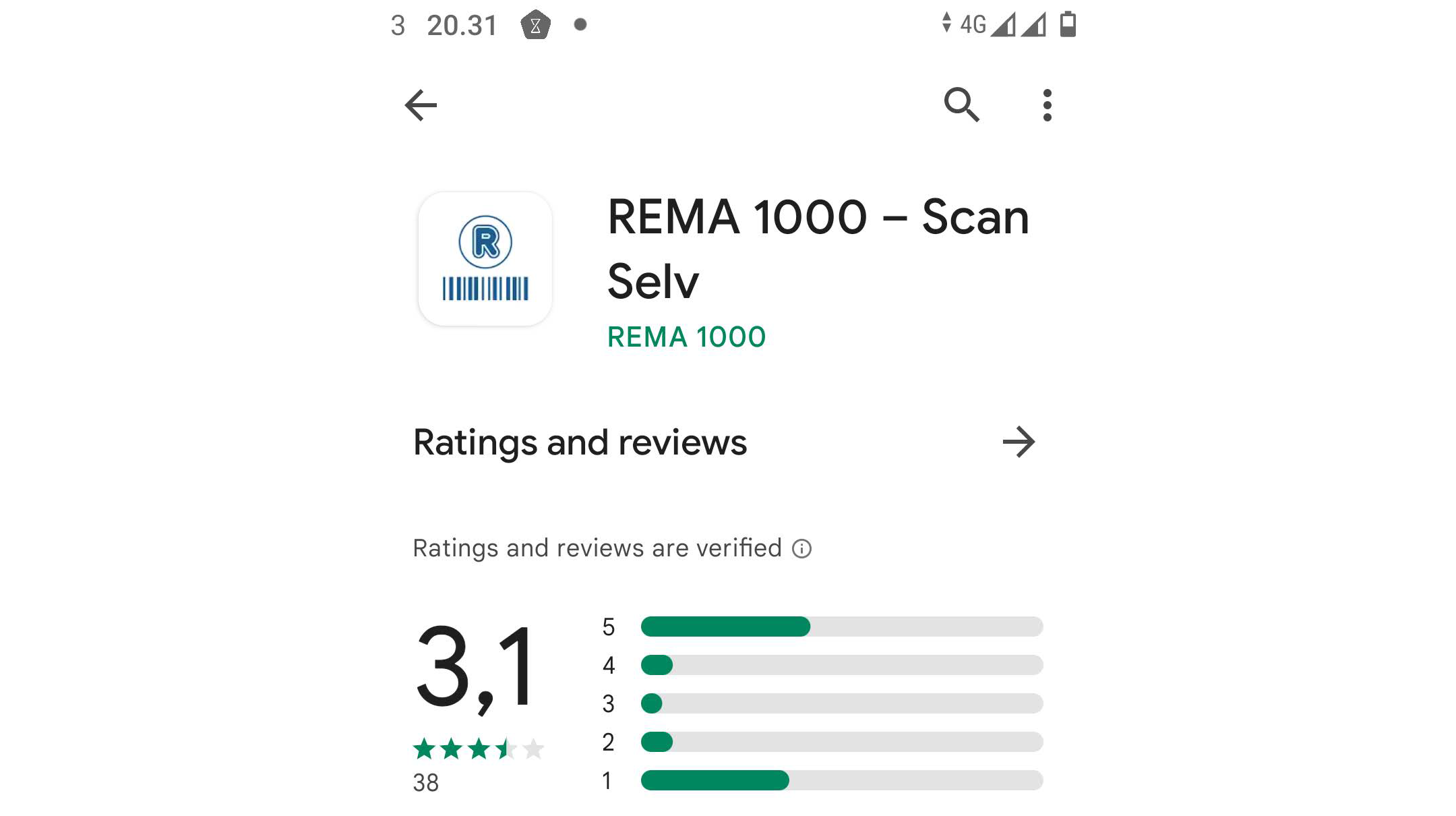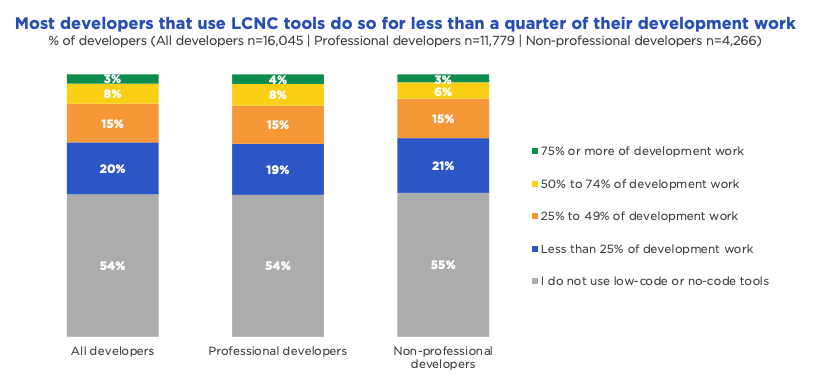Things that are Somebody Else’s Problem (SEP) are invisible. Douglas Adams famously joked about this in “The Hitchhiker’s Guide to the Galaxy,” but the effect is serious and real.
For example, local British politicians were falling over each other trying to attract data centers. They were focusing on the cachet of having Google or Facebook in their town, and the half-dozen jobs for the electricians and plumbers maintaining them. Supplying these energy-hungry behemoths with power was Somebody Else’s Problem.
Now they have so many data centers in West London that their electrical grid is overloaded, and they won’t be able to build more housing until they have upgraded their main cables. That’ll be sometime in the 2030s.
As an IT leader, it is your job to ensure that each team knows the problems they might cause for other parts of the organization.










